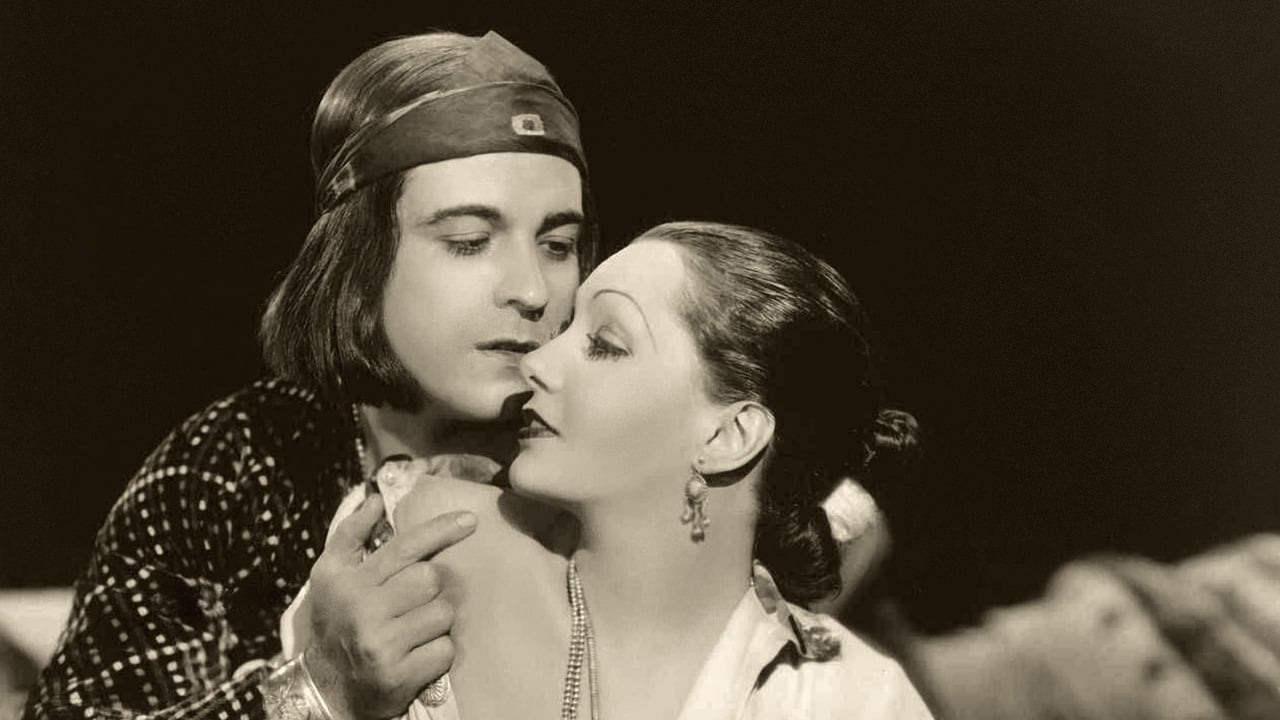Nessieldwi
Very interesting film. Was caught on the premise when seeing the trailer but unsure as to what the outcome would be for the showing. As it turns out, it was a very good film.
Livestonth
I am only giving this movie a 1 for the great cast, though I can't imagine what any of them were thinking. This movie was horrible
Fairaher
The film makes a home in your brain and the only cure is to see it again.
Zlatica
One of the worst ways to make a cult movie is to set out to make a cult movie.
evening1
I enjoyed this excursion into a different time and place in America's history.It was novel to have Indians as the main players in this dusty Western drama, and the characterizations of Slim Girl (the sultry Lupe Velez), Laughing Boy (Ramon Novarro),and several bit players were unusual.The language here is often quite interesting, as if translated from another tongue, i.e., "With you or without you, my life will be the same." Such cruel words...The climactic scene is bizarre, in that Laughing Boy shows none of the anger one might expect -- or did he? Macho man Hartshone (William B. Davidson) shows his true colors and runs. (I had to rewind several times to discern the detail in this sequence.) Adding to the poignancy of this film for me is knowledge of the real-life fates of the two stars. Look them up on Wikipedia and weep.
wes-connors
Singing silversmith Ramon Novarro (as Laughing Boy) attends his first annual "Great Sing Dance." He and other Navajo Natives trade and sell with Caucasian people. At night, Mr. Novarro becomes acquainted with seductive dancer Lupe Velez (as Slim Girl). She's also an American Indian, but was schooled and lived in the White Man's world (as Lily). After initial apprehension, the two become aroused and begin a relationship. Sadly, Ms. Velez is considered tainted by her past association with Whites. She has trouble being accepted as a squaw by Novarro's people, and ventures into town...It's hard to believe this film was based on a Pulitzer Prize-winning novel (by Oliver La Farge). The story does have an intriguing conflict between the "Native" and "White" worlds, but it is not artfully brought to the film. Navarro and Velez have good screen chemistry, but do not impersonate their characters convincingly. Both were often given "ethnic" roles. One of Novarro's advantages in the "talkies" was his singing, and he is in fine voice, here. You will notice the "swastika" prominently displayed on Novarro's Indian blanket - of course, this has nothing to do with the Nazi symbol.**** Laughing Boy (4/13/34) W.S. Van Dyke ~ Ramon Novarro, Lupe Velez, William Davidson, Harlan Knight
David Atfield
The combination of the two dynamic Mexican actors Ramon Novarro and Lupe Velez should have guaranteed a dynamite movie.But someone at MGM, in their wisdom, cast them as Native Americans - a disastrous decision that doomed this film to failure even before it was begun.Both struggle to make their characters even slightly believable, as they try to curb their Mexican passion into some sort of wise aboriginal spirituality. The spitfire in Lupe just can't help but surface, and all Ramon can do is try to maintain some dignity under that terrible wig. His singing is nice but anachronistic, and there is far too much of it.Hard to believe this disaster was directed by Woody Van Dyke, who had made one of Ramon's best silent movies "The Pagan". Novarro was deeply ashamed of this film, and it's no wonder. What is saddest of all about it though is the way it wastes what could have been one of the most exciting star combinations of all time. Just imagine if Novarro and Velez were playing a pair of violently passionate Mexican lovers - what fireworks we would have seen!Shame, MGM, Shame!
Ron Oliver
LAUGHING BOY loves Slim Girl, but she has lived too long among the white man and cannot fit in with her new husband's traditional Navajo family. What will happen when he discovers she has returned to being a prostitute to make them some extra money?Ramon Novarro & Lupe Velez do the best they can with somewhat embarrassing material. Their performances alone elevate the film above the mundane.Director W. S. Van Dyke, known for his vivid on-location films, tries to interject footage shot in the Southwest to lend authenticity to the plot, but the rear projection backgrounds only detract and annoy the viewer.

